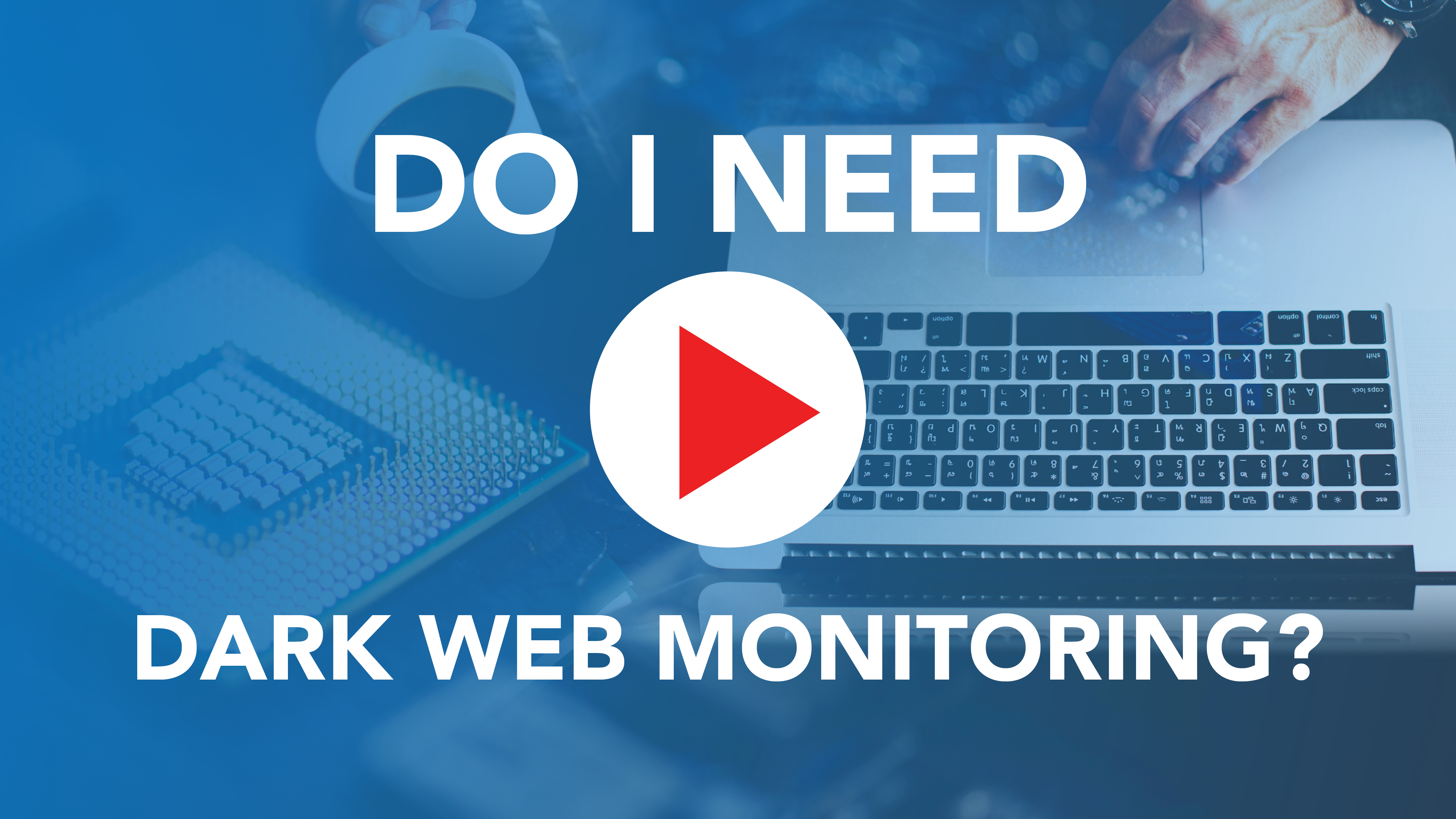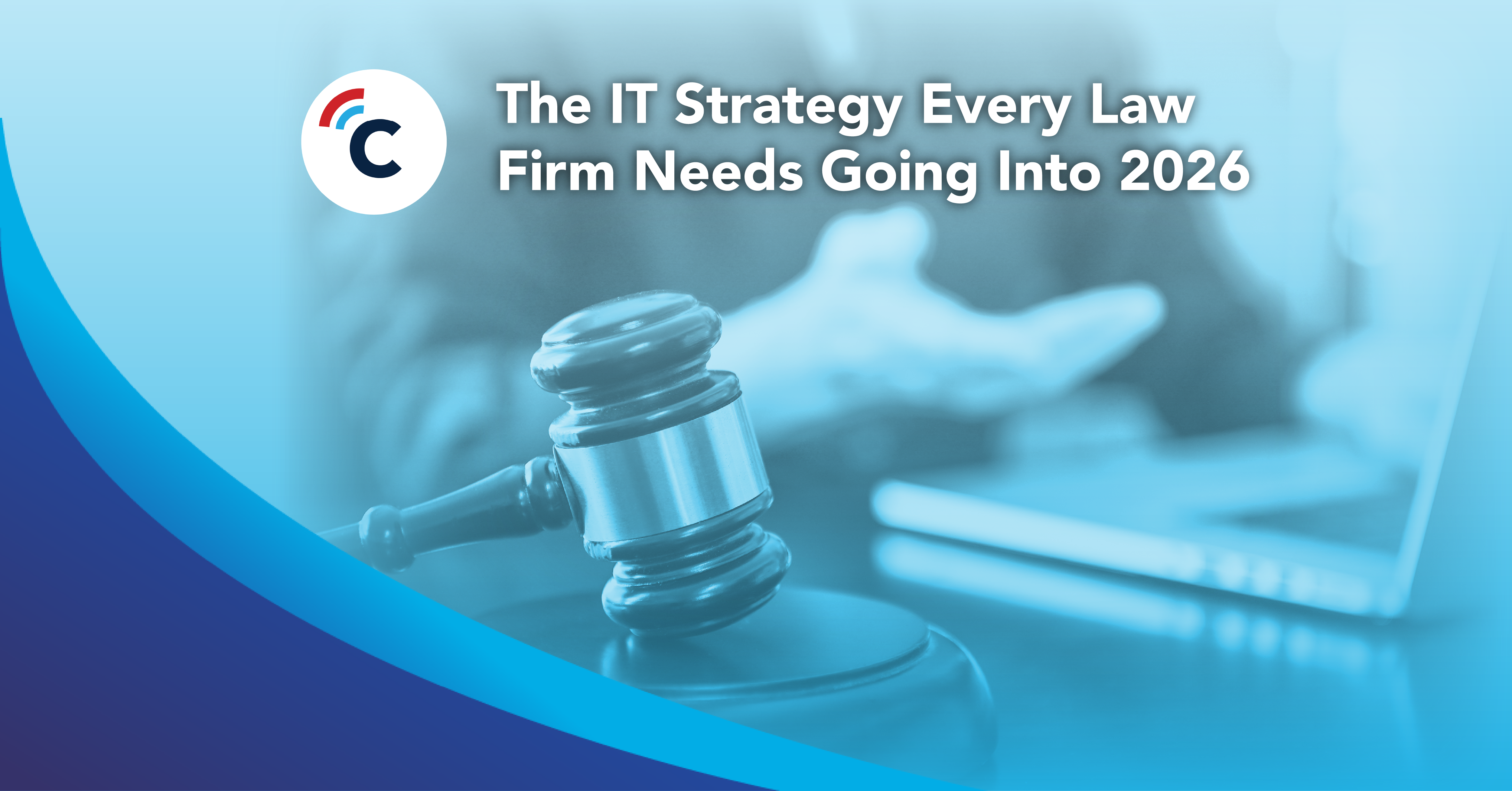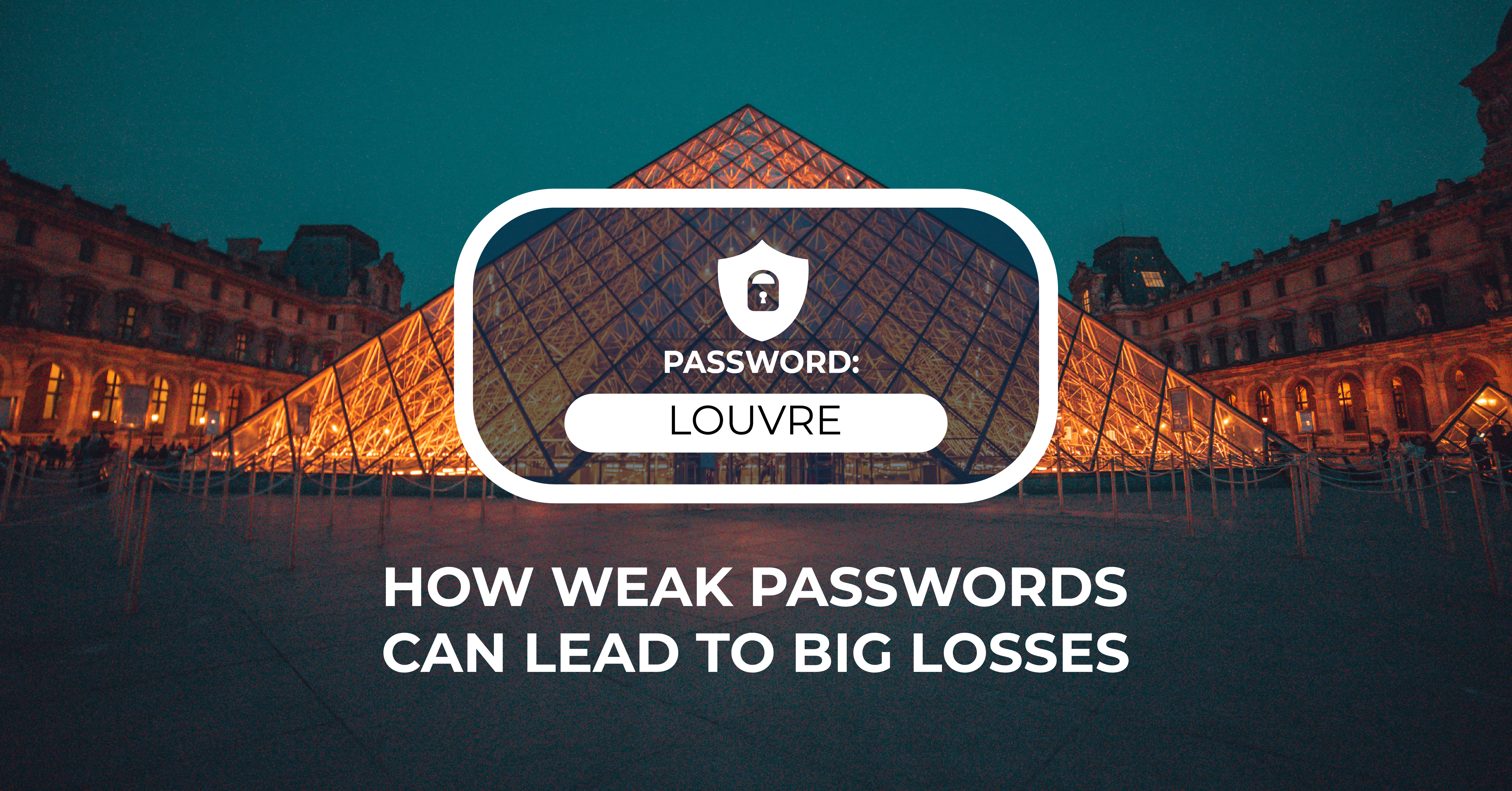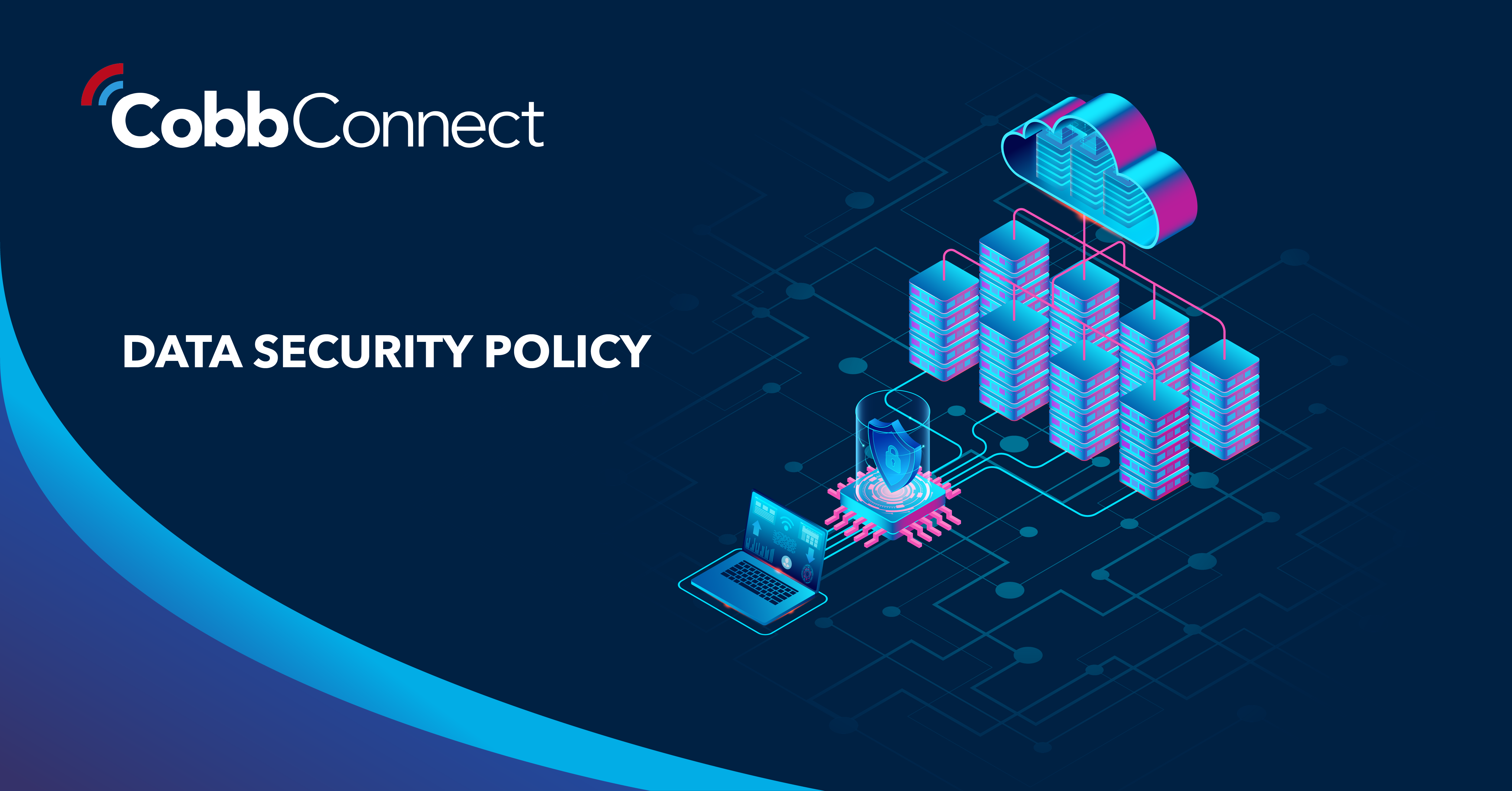11 min read
Best IT Strategies for Law Firms Going Into 2026
Why should a law firm invest in a strong modern IT strategy? Today’s legal teams depend on secure, reliable technology to protect sensitive...

By now, most people out there have already heard of the dark web, and are vaguely aware of the various kinds of criminal deeds that happen on it. But, what most people may not know, is that they may already be a victim of cybercrime on the dark web.
BELOW IS A TRANSCRIPT OF THE VIDEO.
Hey, I’m Jeff Blount, vCIO at Cobb Technologies, and in this video, I’m going to talk to you about dark web monitoring.
There is a whole network of cybercriminals on the dark web that are seeking out and selling confidential information back and forth. There’s a huge demand for it - think about all the phishing and scam emails you’ve gotten lately, each one of those is an attempt to break in and steal your data and credentials.
Well, dark web monitoring is your chance to peer into the dark web and see what business credentials of yours have already made it onto the marketplace there. Dark web monitoring uses a set of parameters you supply it with, like your business’ email domain name, and uses a crawler to comb through websites and chat rooms on the dark web. When the dark web monitoring software finds a match to your criteria, it reports back to you, notifying you about your compromised data.
Most of us use the same password, or at least a variation of it, across our accounts. This means that once one of our accounts has been compromised, it’s much easier to gain access to the rest of our information and credentials.
So, let’s say your Spotify, twitter, or Fitbit account gets hacked - no big deal, right?
Wrong. Cybercriminals might know your name, your phone number, your date of birth, your address - and possibly even more. Think about how frequently you use these credentials to secure your information. If these hackers find out your mother’s maiden name, place of birth, or the street you grew up on, then it’s over for your bank account. These credentials are key to identity verification, and you need to protect them accordingly.
Receiving a dark web monitoring report informs you as to which credentials need to be changed before further damage occurs. If you see your information on the dark web, it’s not too late.
Here are a few tips you can implement to protect your business.
Use longer, more complex passwords.
Use different passwords for different accounts
Use a password manager
Activate 2-step verification for your accounts
Ensure your employees undergo extensive security awareness training to instill good technology habits and teach them about the various red flags that may indicate an attempt at breaching your business’ network
Use antivirus software - this is key to proactively identifying and combating threats
Protecting your data is paramount to keeping your network and business safe. Take steps to create a stronger, safer environment for your business’ data.

11 min read
Why should a law firm invest in a strong modern IT strategy? Today’s legal teams depend on secure, reliable technology to protect sensitive...

2 min read
The Louvre’s password became the punchline of a global story after a heist revealed major security concerns for the museum. Reports say the password...

6 min read
Organizations of all sizes handle enormous volumes of data. Data is one of the most valuable assets of any organization.Unfortunately, it’s also a...